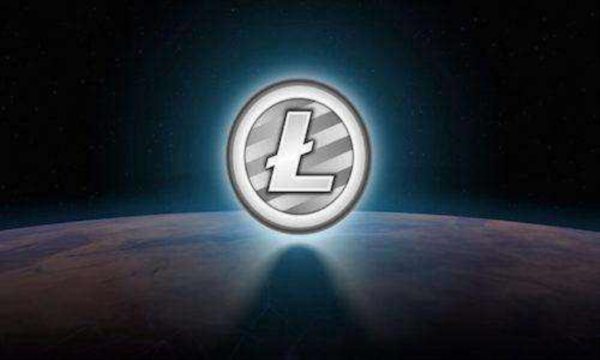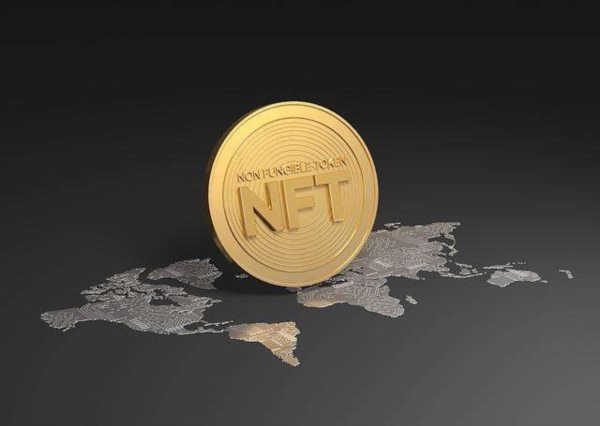时间:2023-12-24|浏览:291
原标题:回顾 Rollups 路线图
原作者:阿琼·昌德
原创编译:Sharon、BlockBeats
以太坊的扩容一直是加密货币领域最具争议的话题之一。 经过一番猜测,社区最终确定了以 Rollup 为中心的以太坊开发路线图。 但你为什么选择这条路呢?
随着像 Solana 这样的区块链链卷土重来,现在是重新审视为什么以太坊社区选择 Rollup 和模块化来实现全球规模的好时机。
今天的文章重点介绍了指导以太坊向以 Rollup 为中心的路线图扩展的关键想法和发展。 我们一起来深入讨论一下吧。
以太坊的去中心化扩张愿景
以太坊的最终目标是成为全球协调的金融层。 为了实现这一点,它必须支持不同类型的应用程序并且可供所有类型的用户访问。
2020年,Vitalik指出了以太坊网络的一个紧迫问题:当他押注Augur时,他必须支付17.76美元的汽油费。 这些高额费用表明,面对不断增长的需求,以太坊正在努力扩展规模。 结果,它变成了一个“针对小众而非全球”的平台,偏离了最初的目标。
问题很明显,以太坊需要能够以更低的成本处理更多的交易。 然而,解决方案可能会更加复杂,因为必须考虑和平衡许多因素。
主要考虑因素是优化三个属性:去中心化、安全性和可扩展性。 这三者共同构成了“可扩展性三角困境”,也就是任何区块链都面临的“不可能三角”困境。
可扩展性三难困境可以理解为一种平衡行为——一个属性的改进通常意味着另一个属性的权衡。
随着时间的推移,许多被贴上“以太坊杀手”标签的区块链一直面临着三难困境,在追求可扩展性的同时往往牺牲了去中心化和安全性。
然而,妥协去中心化从来都不是以太坊社区的选择。 这也是因为它与安全性密切相关,并赋予以太坊网络中立性、抗审查性和无需许可等属性,这些属性与可扩展性三难中的属性同样重要。
在以太坊的需求层次中,如果说去中心化、安全性、可扩展性构成了“生理”需求,那么中立性、抗审查性、无需许可就可以说构成了“安全”需求。 这两个层面可以称为以太坊网络的“基本需求”。
Recognizing these priorities, the Ethereum community has adopted a long-term development approach that may sacrifice some aspects of the scalability trilemma in the short to medium term, but allows Ethereum to "grow large enough to help all of humanity." ”.
This strategy is the modular blockchain theory. It involves executing transactions on an L2 scaling solution, also known as Rollup. Since these transactions occur outside of Ethereum, they can be faster and cheaper. However, because their data is returned to L1, they inherit Ethereum's extensive security.
Why choose Rollup to scale Ethereum?
By the end of 2020, the Ethereum community basically reached a consensus and adopted Rollup as the main expansion solution in the short and medium term future, forming an Ethereum development roadmap centered on Rollup. The key factors that make Rollup the preferred solution are:
1. Forward compatibility with Eth 2 (PoS) – the companies behind Rollup such as Arbitrum and Optimism launched in 2018 and 2019 respectively. At that time, Ethereum still used the PoW consensus mechanism, and PoS was in the proposal stage. Rollup is compatible with both PoW and PoS, giving the Ethereum developer community the flexibility it needs when it comes to the timeline of key network upgrades, such as switching from PoW to PoS.
2. Technical feasibility – By 2020, Rollup has made substantial progress. As Vitalik noted in his forum post, OptimisticRollup teams such as Optimism and Arbitrum launched their testnets back in early 2020 and released roadmaps for a mainnet launch in 2021.
Meanwhile, zkRollup like zkSync and Loopring are already live and have users on their mainnet, albeit with limited functionality. This progress gives the Ethereum community confidence in the maturity of Rollup technology and its potential to effectively scale Ethereum starting in 2021. In comparison, other scaling solutions, such as performing sharding, still take years.
The urgency to adopt Rollup has been further heightened by the state of the Ethereum mainnet during the previous bull run. Gas fees hit new highs, costing users tens of dollars per transaction. Additionally, some apps, especially those with non-financial uses, were forced to shut down due to high fees.
These factors combined have influenced the Ethereum community to firmly embrace Rollup as a scaling strategy for the foreseeable future, recognizing both its immediate impact and long-term potential.
While the direct benefits of Rollups are clear, a multi-Rollup ecosystem also poses some challenges. Taking a user perspective as a starting point, the Ethereum community has raised some key issues. The following is an overview of progress in solving these issues.
Current status of the Ethereum Rollup roadmap
We are in a multi-rollup ecosystem and many rollups have achieved significant growth.
在这种情况下,以太坊通过 Rollup 进行扩展,Rollup 充当清算和数据可用性的基础层。 所有Rollups都继承了以太坊的安全性,并用它来确认交易和存储数据。
在安全性方面,以太坊无疑是生态系统中最安全的区块链之一。 超过 3350 万枚 ETH 已用于保护网络安全,以当前 ETH 价格计算(1 ETH = 2,000 美元),为网络提供了超过 670 亿美元的经济安全。
然而,随着 L2 的 TVL 已经超过 160 亿美元,抵押品达到历史新高,社区对 Rollup 订购者的中心化和 MEV 的运营商提取表示了一些担忧。 尽管有相当多的 Rollup 吸引了大量用户,但正如 L2 BEAT 对 Rollup 成熟度的分析所示,这些系统大多数仍处于开发的早期阶段。
积极开发的另一个关键领域是增强数据可用性。 这项工作的一个关键部分是 Danksharding,它是以太坊路线图“激增”阶段的一个关键功能。 Danksharding 旨在显着降低 Rollup 在以太坊上验证交易的成本,从而推动网络的扩展能力。 为此,一些创新项目,例如 Celestia 和 EigenDA,专注于为 Rollup 提供廉价且去中心化的数据可用性层。
以太坊社区正在开发原始 Danksharding,称为 EIP-4844,作为 Danksharding 完全实施之前的中间步骤。 此步骤以简化形式介绍了一些 Danksharding 概念,例如 blob。 预计原始 Danksharding 将很快实施,而完整的 Danksharding 还需要几年时间。
结论
将以太坊扩展到全球金融层的目标仍然很遥远,但我们正在实现这一目标。 最令人兴奋的是,社区在路线图和愿景上保持一致,一些最优秀的思想家正在共同努力使这一愿景成为现实。
展望未来,出现数以千计的专业 Rollup 的潜力是令人难以置信的,每个 Rollup 都满足独特的用例并推动创新。 这一演变将使以太坊成为其渴望成为的全球金融层,支持各种应用程序和用户。 所有这些 Rollup 都将支付费用以在以太坊上结算和保护其数据,从而提高以太坊的加密经济安全性。





![[币界网]Bankless:Solana 的流动性质押概况](/img/20240718/5405840-1.jpg)



